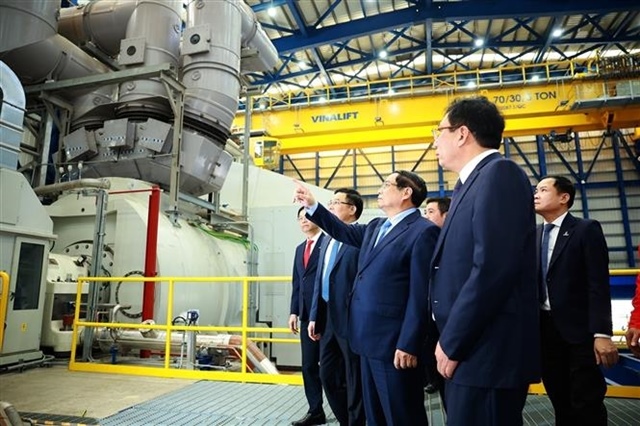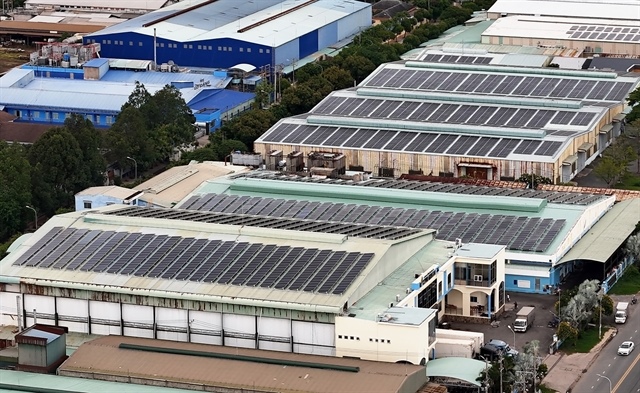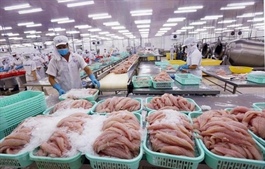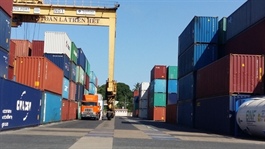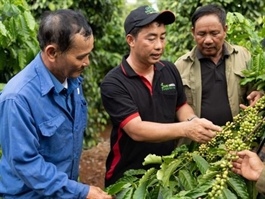50 per cent of textile firms adopt sustainable production
50 per cent of textile firms adopt sustainable production
In the context of high inventories and dwindling demand, textile firms are seeking to green their production to receive orders.
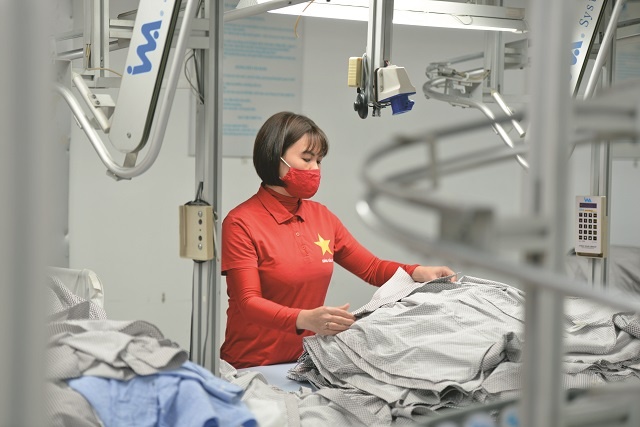
Trung Quy Textile in the Mekong Delta province of Long An spent more than $11.4 million on environmentally friendly production processes, allowing the company to save 60–70 per cent on water compared to the previous weaving and dying technology.
"The business exports two containers of fabric made from organic fibres to a US partner. This is the initial cargo since we took pleasure in the possibility to invest in a new factory equipped with German and Italian technology five years ago and to transition to a sustainable manufacturing model at the end of 2022. All apparatus and equipment at Trung Quy have the green label as a result," said Tran Van Quy, general manager of the company.
In addition, businesses like Tran Hiep Thanh Textile Corporation use coal instead of tree bark to supplant emission sources like furnaces, gas, and green energy control.
"Thanks to the cost monitoring structure, we've been able to use 80 per cent green fuel and 30 to 35 per cent recyclable materials," said Le Van Linh, director of the Equipment Infrastructure at Tran Hiep Thanh.
This is one of the prevalent instances of greening textile industry production. Vu Duc Giang, chairman of the Vietnam Textile and Apparel Association (VITAS) said, "Approximately 50 per cent of textile and garment firms have greened manufacturing so that they can receive orders in today's challenging and fiercely competitive market."
He said that sustainable development is the path forward for the textile industry. However, this path is extremely perilous, and the greatest obstacle is a lack of financial resources. Therefore, environmentally conscious production requires specific policies and procedures.
"It is conceivable to establish a resource and environment fund from which enterprises can borrow at zero or between 1 and 2 per cent per year to invest in sustainability," Giang said, adding that the policy should be implemented as soon as feasible because global competing regulations would not wait for anyone.
In addition, it is essential to be mindful of the objective of sustainable growth, to invest in manufacturing facilities, technology, renewable energy, and the environment, and to educate the leadership team and staff.
According to VITAS, Vietnam's garment and textile industry's export turnover fell by 17.6 per cent in H1/2023, to $18.6 billion.





